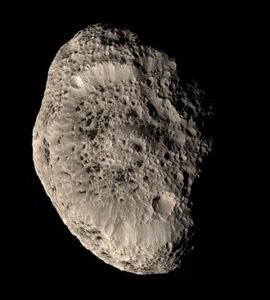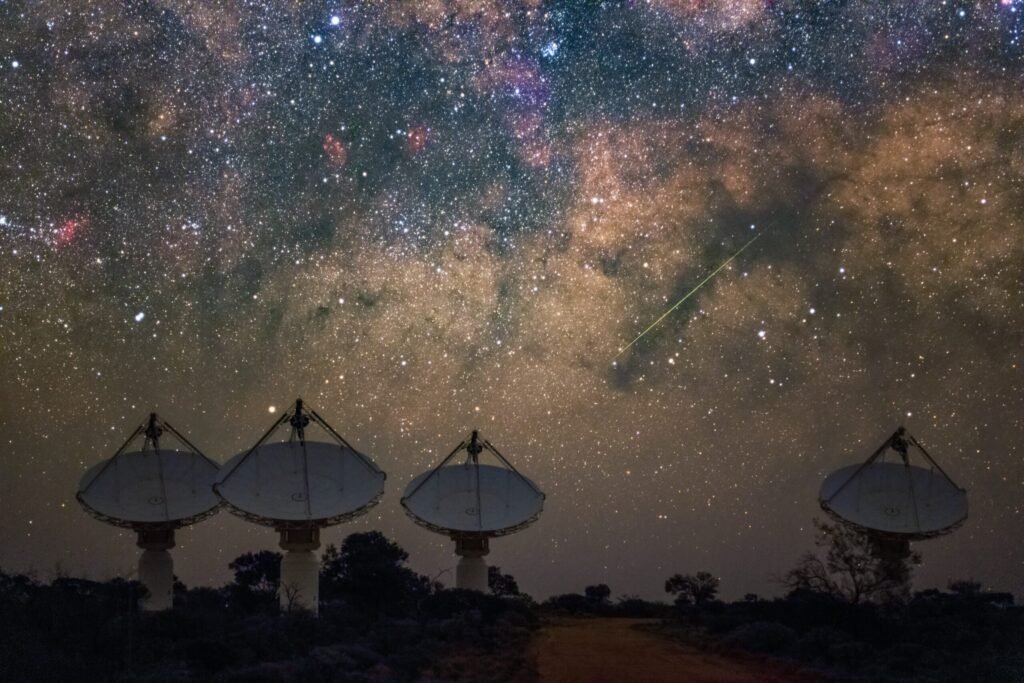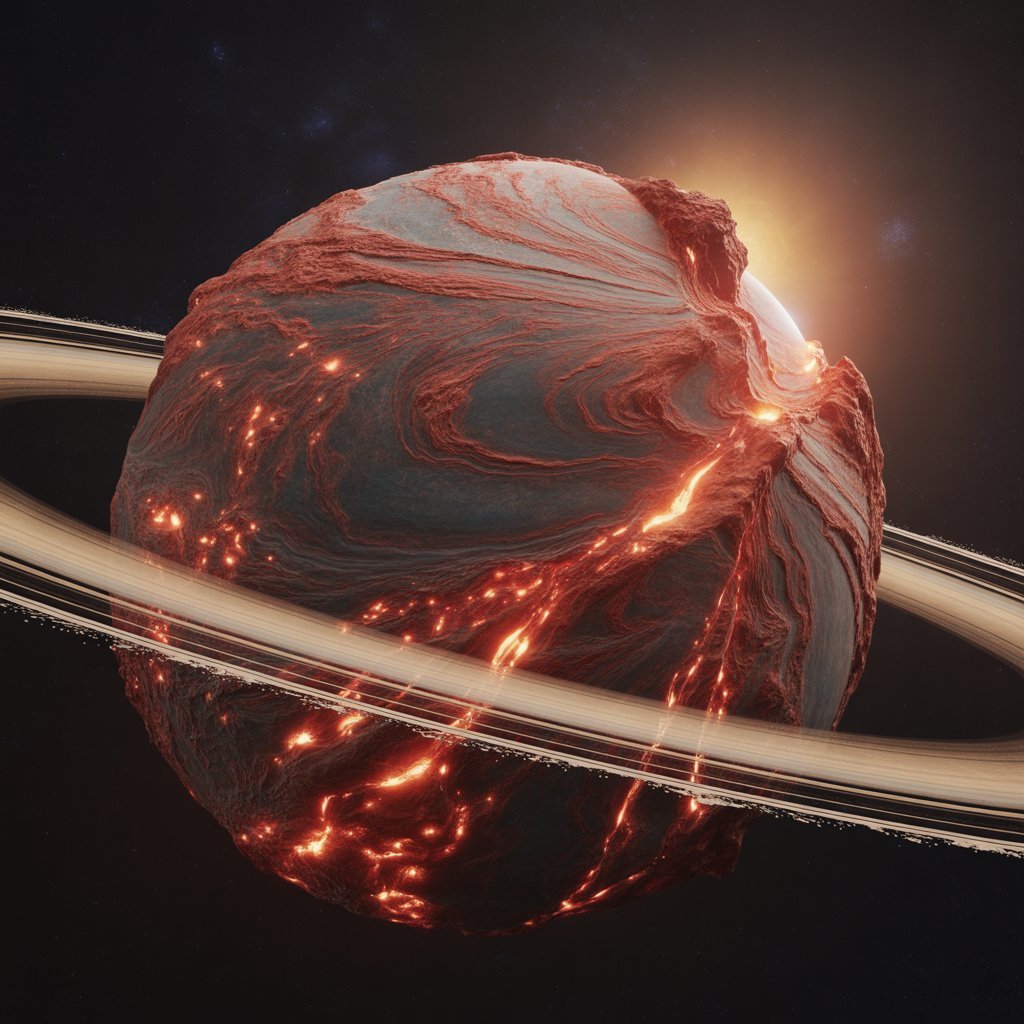Top Stories
Popular Stories
Editor's Choice

Paaliaq: Saturn’s Irregular Red Moon from the Inuit Group
Paaliaq is an irregular, prograde moon of Saturn, known for its light red coloration and an estimated diameter of approximately 22 kilometers. Discovered in October 2000, it is part of the Inuit group of moons, which are believed to have formed from the remnants of a collision between two larger celestial bodies. Paaliaq follows a […]
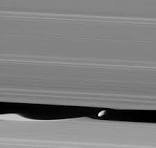
Daphnis: Saturn’s Shepherd Moon Creating Ring Waves
Daphnis is a small, football-shaped moon of Saturn, discovered in 2005. It orbits within the Keeler Gap, a narrow opening in Saturn’s A ring. Due to its gravitational influence, Daphnis disturbs nearby ring particles, generating distinctive wave-like patterns that both lead and follow its path. These formations, often referred to as “Daphnidian waves,” are striking […]
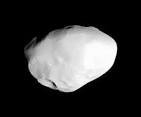
Telesto: Saturn’s Smooth Trojan Moon at Tethys’ Lagrange Point
Telesto is a small, icy moon of Saturn with a mean radius of about 12.4 km, making it one of the planet’s tiny moons. It shares Tethys’ orbit and resides at a Lagrange point (L4)—specifically, 60 degrees ahead of Tethys in its path around Saturn. This stable orbital configuration classifies Telesto as a Trojan moon, […]
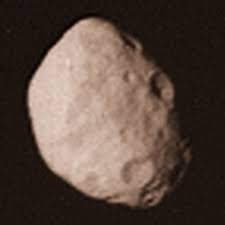
Janus and Epimetheus: Saturn’s Orbit-Swapping Twin Moons
Janus and Epimetheus are two of Saturn’s moons that share the same orbit, separated by only about 50 kilometers (31 miles). When they approach each other, they exchange momentum and switch orbits—the inner moon becomes the outer, and vice versa. This orbital swap occurs roughly every four years. Janus was discovered by Audouin Dollfus in […]
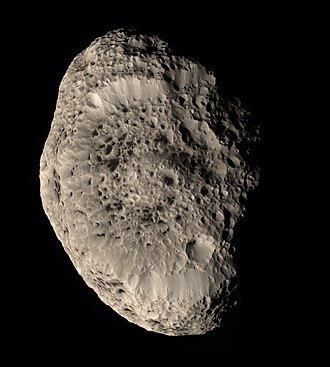
Hyperion: Chaotic Moon of Saturn with Unique Shape
Hyperion is notably irregular in shape, not conforming to a spherical form, which is why it’s described as potato-shaped. Its low density—estimated to be about half that of water—is due to its high porosity, meaning it is approximately 42% empty space. Unlike the predictable rotation of other moons, Hyperion tumbles in a random and chaotic […]
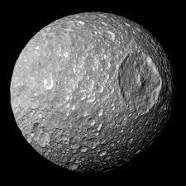
Mimas: Saturn’s Cratered, Icy, Synchronous, Oceanic, Low-Density, Mysterious Inner Moon
Mimas was discovered by William Herschel on September 17, 1789. It is best known for its enormous impact crater, Herschel, whose central peak gives the moon a resemblance to the Death Star from Star Wars. Composed primarily of water ice, Mimas has a low density and orbits Saturn synchronously, always showing the same face to […]





